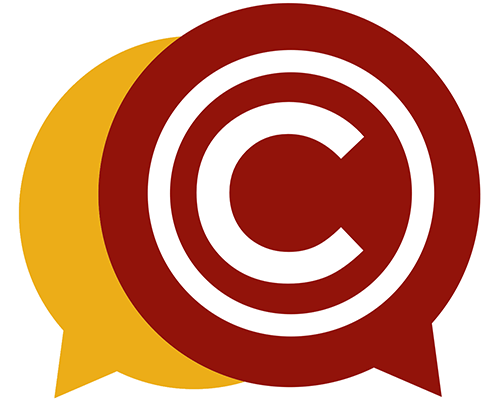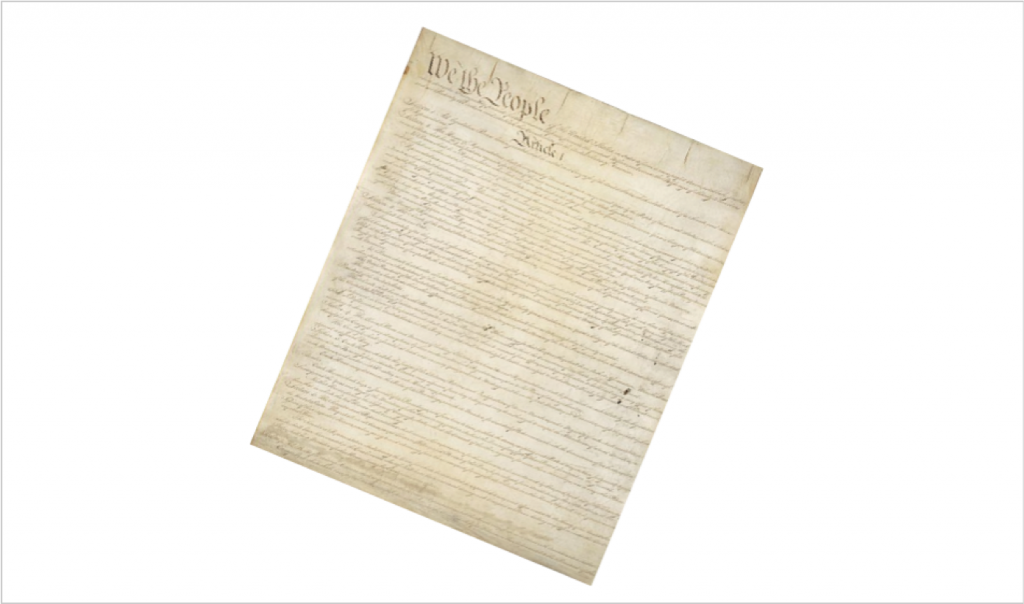
Copyright is the law. While digital technology has made some aspects of copyright more complex, knowing the basics can help you to use material legally and to protect your own creative works.
You create copyrighted works regularly. When you write an original email or paper, record a song or video, or take a photograph you have created a work that is protected by copyright. It is important to know how to manage your rights as a creator.
Every day you work with copyrighted materials created by other people. Whenever you read a book, download a song, stream a video or play a video game, you are potentially dealing with copyrighted materials. It is important to understand what is and is not covered by copyright law and the ways you may use these works under the law.
Copyright Law
U.S. Copyright Law has its origin in the U.S. Constitution:
The Congress shall have the power … to promote the Progress of Science and useful Arts, by securing for limited Times to Authors and Inventors the exclusive Right to their respective Writings and Discoveries.
– U.S. Constitution Article 1, Section 8

copyright. (Image Source: National Archives and Records Administration.
Public Domain.)
The purpose of copyright is to encourage the creation and sharing of creative works. Copyright gives creators an incentive to produce and share new works by granting them exclusive rights to their work for a limited time. This provides an opportunity for a creator to benefit from his or her work.
Congress determines the limits of this monopoly, including the length of time that copyright coverage lasts. These limits can (and have) changed over time.

